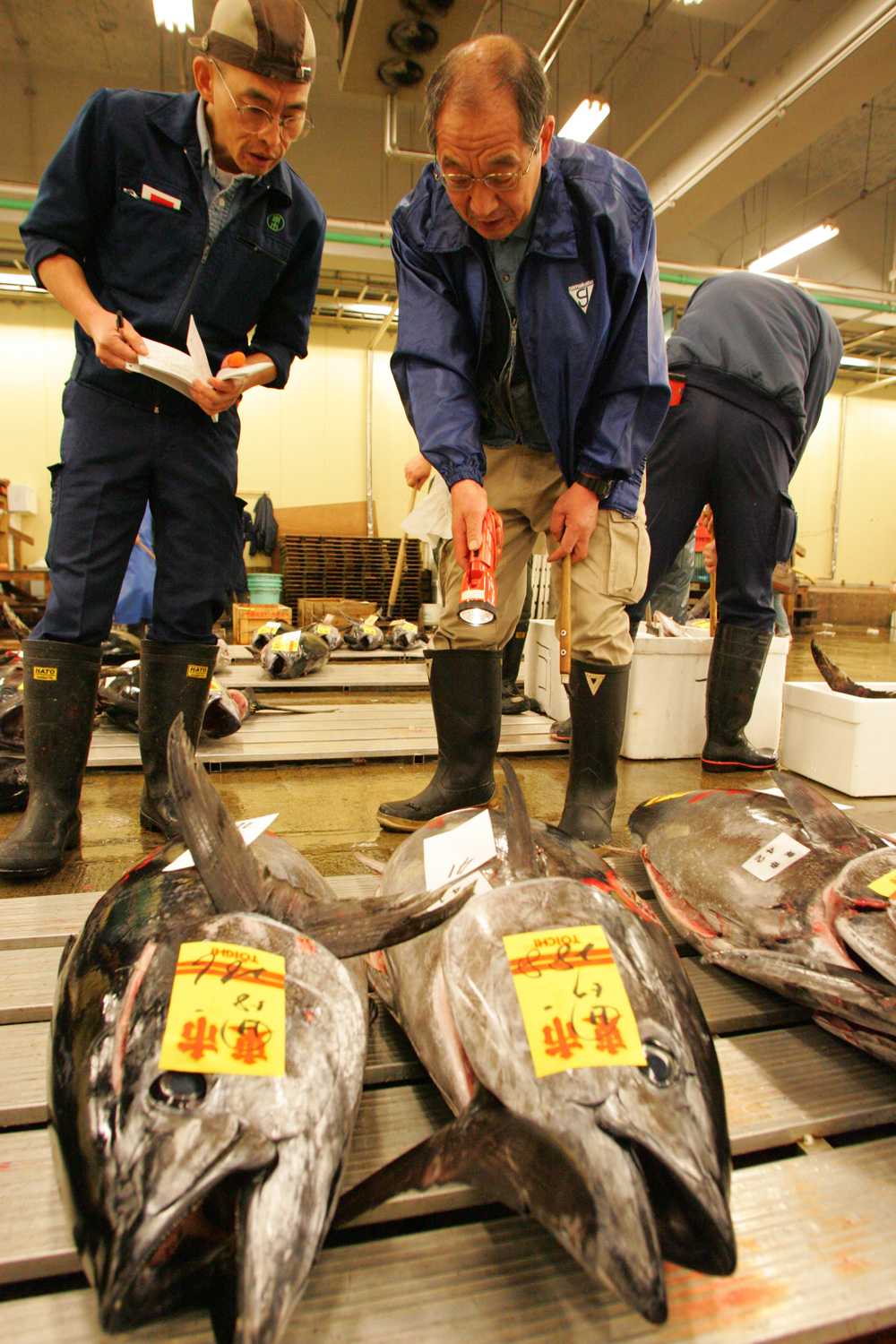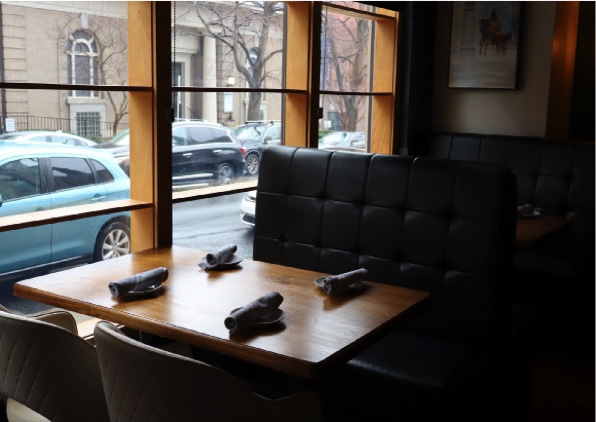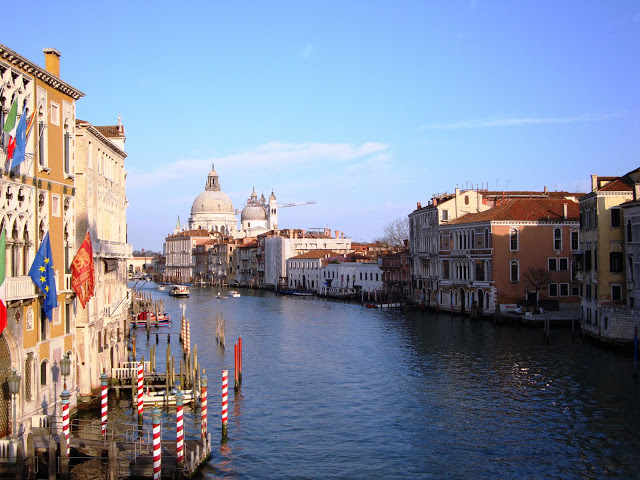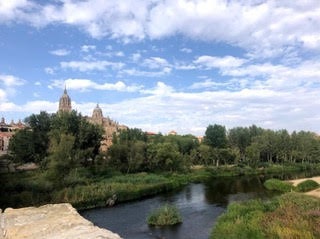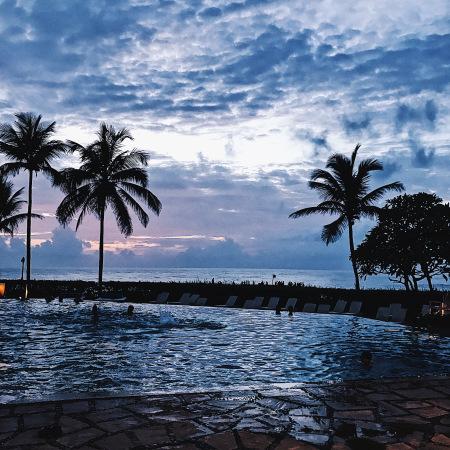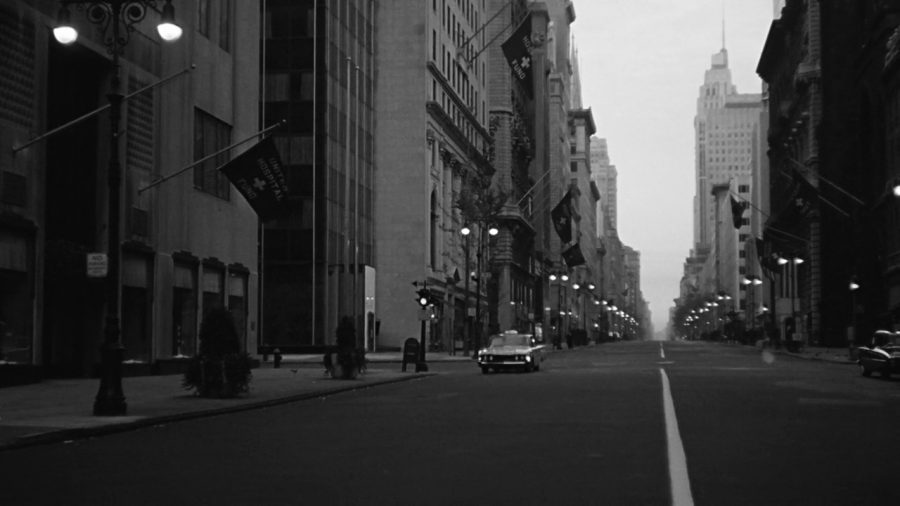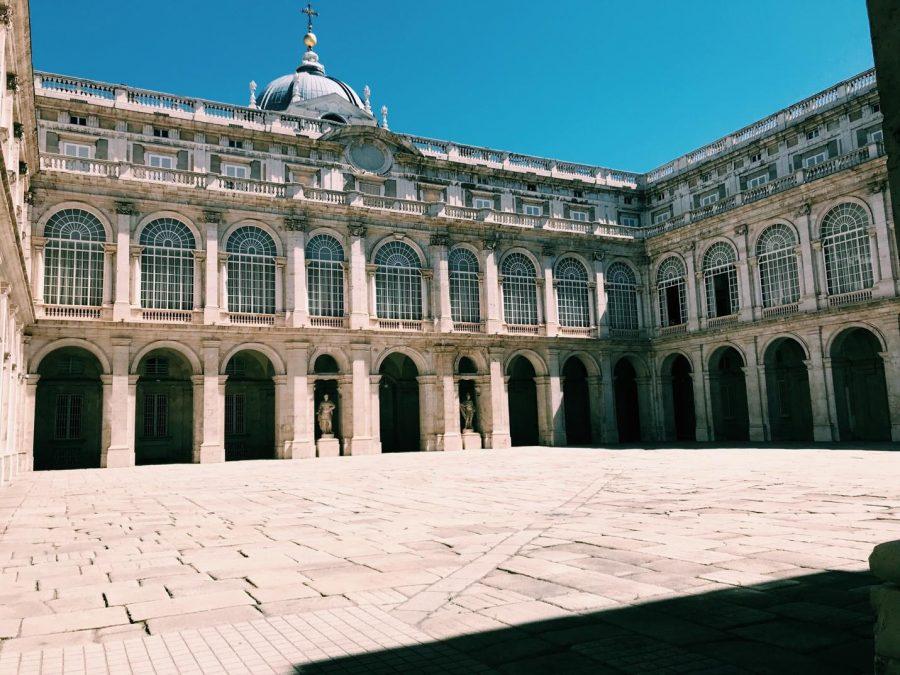In Japan, you won’t find a “crunchy spicy tuna roll” at a sushi bar. From many types of tuna to shrimp to uni (sea urchin), the Japanese take pride in the freshness and variety of fish they eat from the surrounding Pacific Ocean.
The Tsukiji fish market, located in central Tokyo, is the largest wholesale fish and seafood market in the world.
According to the Japan Times, Tsukiji contains about 480 different varieties of fish and 270 varieties of fruit and vegetables that are handled on a daily basis. It attracts chefs and families as the market contains the highest quality and quantity fish throughout the entire city.
While it is positioned in Tokyo, this market sells the best fish, especially tuna, to the finest restaurants and purveyors in the world. It sells the equivalent of 15,945,858 U.S. dollars daily.
After 80 years in the same location, the Tsukiji fish market must relocate as the Winter Olympics of 2020 are moving in.
The cost to move the entire market is expensive — about 5.1 billion dollars — however, considering the success of Tsukiji, the local economy will quickly regain the money they lost to the construction of the new site.
Tsukiji is split into two markets: the inner and the outer market. The inner market is where about 900 licensed and independent shops sell their own fish and where the auctions of the seafood take place.
This auction is unique to the Tsukiji fish market as the food is received around 5 p.m., inspected at 3 a.m. and the auction opens up to bidders at 5:30 a.m.
Customers make their bids and then all the fish is sold around 7 a.m. The outer market, on the other hand, has a wide range of restaurants and retail shops that sell kitchen supplies, including Japanese knives and chopsticks.
By midday, almost all of the restaurants in the outer market have lines of people extending almost a block down the street.
There are checkpoint signs that say “three-hour wait from this point.” Locals and tourists alike stand in these lines because the food is that good.
Given the inner market’s wide variety of fish and seafood, the outer market’s restaurants are mostly sushi restaurants.
I was fortunate enough to visit the Tsukiji market and tour the narrow aisles of fish and seafood vendors. I wandered throughout the endless rows of bright pink meat and grey and orange scales.
The richness of colors from all different areas within the market was blinding and overwhelming.
Fresh seafood was submerged in water in blue plastic buckets while fish were in large white Styrofoam boxes of ice.
The floor of the market was covered in fish scraps as merchants used their electric saws to cut their products and ended up leaving the scraps on the wet concrete to clean up later.
After hours of walking around the Tsukiji market, I walked up a flight of stairs to look at the entire market from above.
Standing within the market, the space seemed massive and I couldn’t possibly fathom the amounts of fish and seafood it held; however, at the top, it seemed smaller and ironically, calm.

